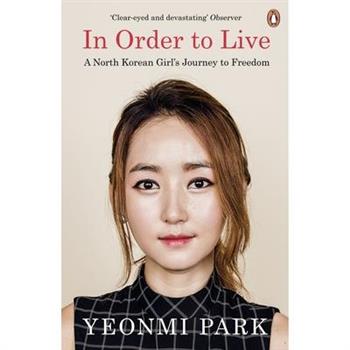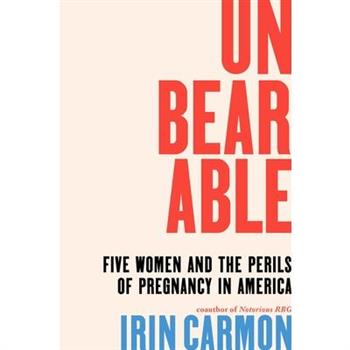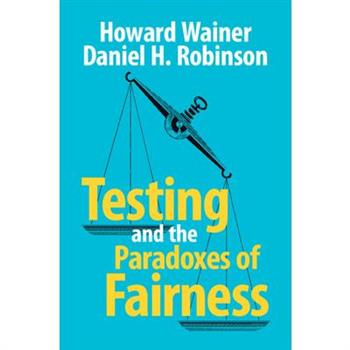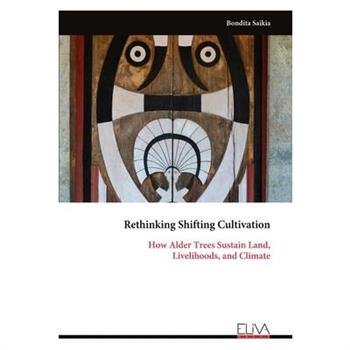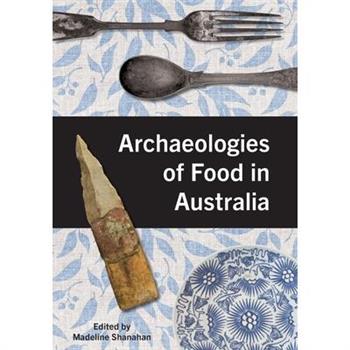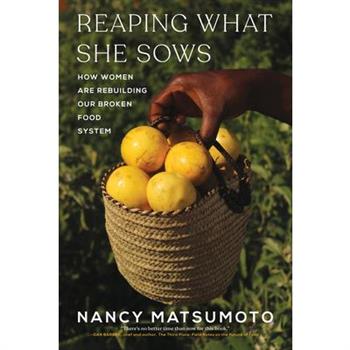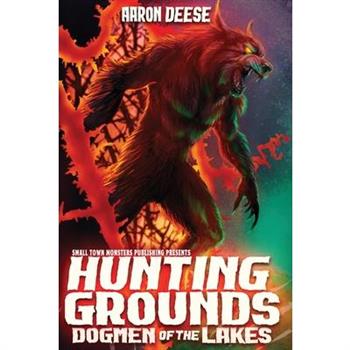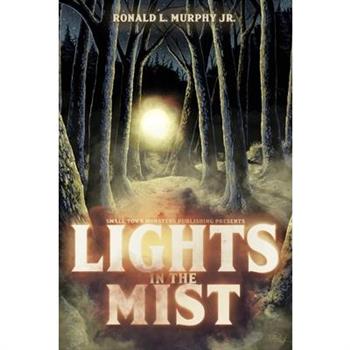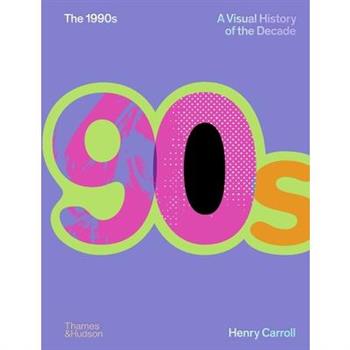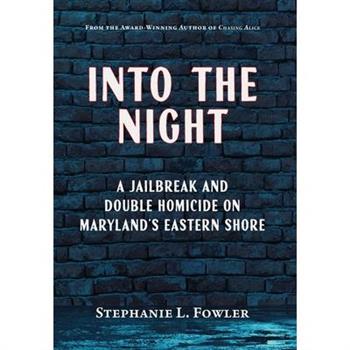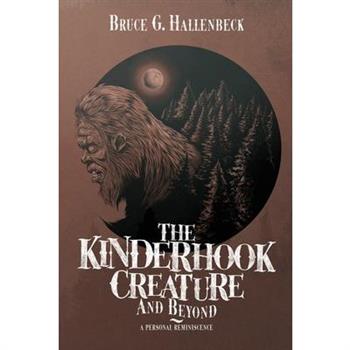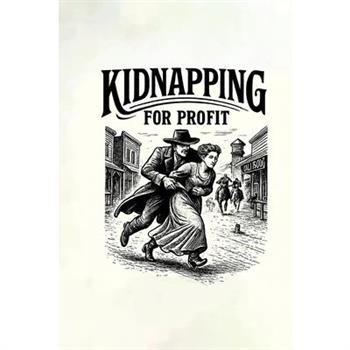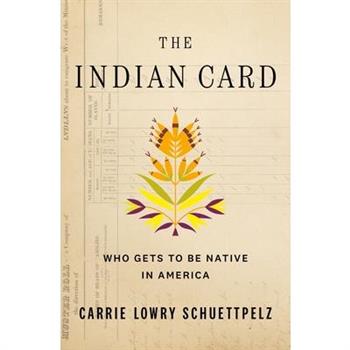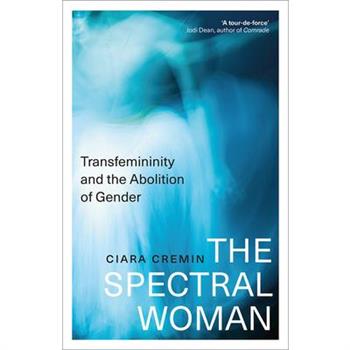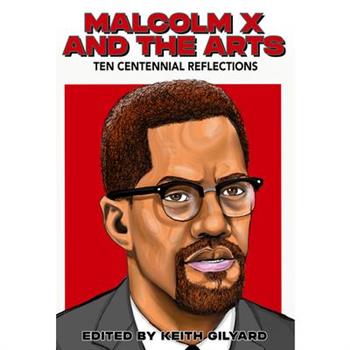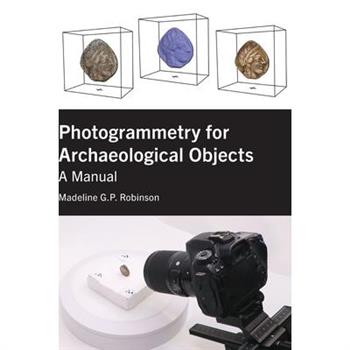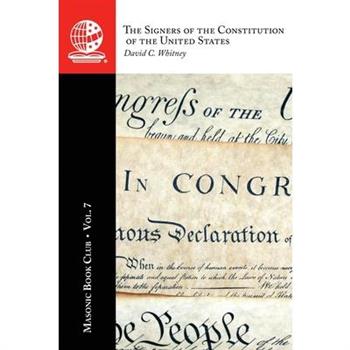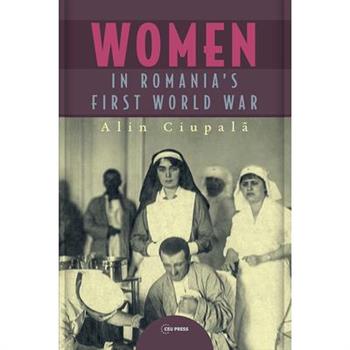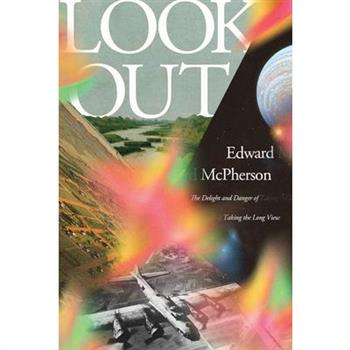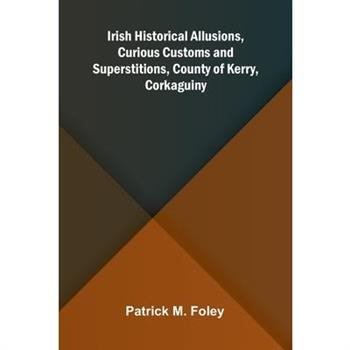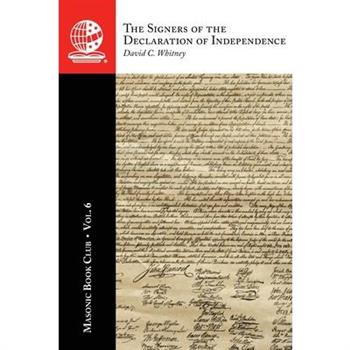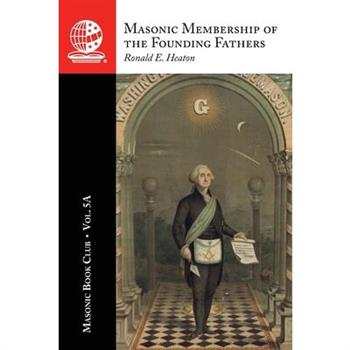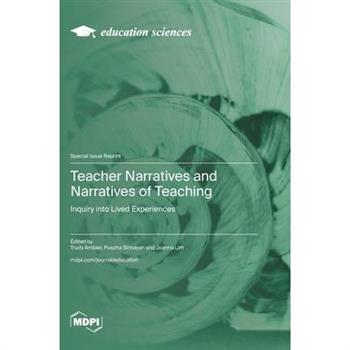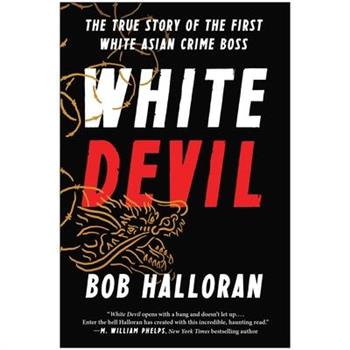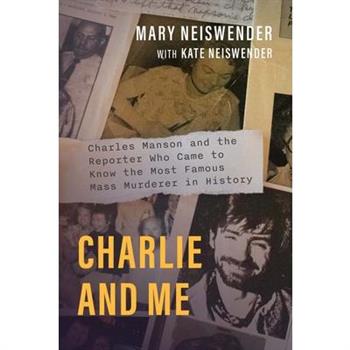Among the Head-hunters of Formosa
This work has been selected by scholars as being culturally important, and is part of the knowledge base of civilization as we know it.This work is in the "public domain in the United States of America, and possibly other nations. Within the United States, you may freely copy and distribute this work, as no entity (individual or corporate) has a copyright on the body of the work.Scholars believe, and we concur, that this work is important enough to be preserved, reproduced, and made generally available to the public. We appreciate your support of the preservation process, and thank you for being an important part of keeping this knowledge alive and relevant.
Unbearable
From the award-winning New York magazine reporter and coauthor of the New York Times bestseller Notorious RBG, an ambitious and passionate exploration of what's gone wrong with pregnancy in America, through the lens of history, politics, and the searing experiences of five women. Journalist Irin Carmon was eight months pregnant when the Supreme Court allowed states to ban abortion, unleashing pain and suffering for those who didn't want to be pregnant and, shockingly to some, those who did. What was clear to Carmon from her dozen years of reporting--and from what she felt in her bones--was how incomplete the American story of reproduction had been, and how much had been unexpressed, hidden, or taken for granted, and not just by conservative justices or in red states. Whether in cosmopolitan, liberal New York City or rural Alabama, the entire system is broken. Unbearable tells a deeper story, going beyond the headlines and any one experience or choice, and grounded in history and journalism. It introduces us to five women navigating pregnancy care--from that first positive pregnancy test through joy, loss, and the unforeseen--in a country that is at best indifferent and at worst willfully cruel, and to brave, outnumbered people fighting to make it better. Written with deep empathy and analytical rigor, Unbearable is at once a moving story of interconnection, a harrowing expos矇, and assertion of humanity. Above all, it is a powerful call for solidarity, regardless of our circumstances or our decisions.
The 1990s
A visual celebration of a seminal decade. As the Cold War ended and a new millennium approached, grunge, hip--hop, and rave exploded in popularity as teenagers and twenty--somethings searched for something real, something more meaningful. Ostentation was out. Authenticity was in.And so, we had the first flashes of reality TV, the O. J. Simpson trial, the rise of surveillance culture, and the internet. We had early wake--up calls to the world of social media as The Truman Show and The Blair Witch Project exploited the emerging visual language of DIY video content. We heard the rallying call of "Girl Power!" from riot grrrls and the Spice Girls. We argued over East Coast versus West Coast rap and Biggie versus Tupac. Ice-T went from "Cop Killer" to TV detective and Will Smith went from the Fresh Prince to a man in black. Cults, crop circles, and conspiracy theories spread while The X--Files and The Matrix pulled back the curtain on fictional hidden truths. It was the end of history, and it was print's last hurrah--or so we thought. This book explores history, art, film, music, and culture in a unique, immersive, and visual narrative of a conflicted and momentous decade. A fascinating ecosystem of influence between high and low culture, this stimulating volume makes sense of the decade's recurring motifs, trends, and themes, from supermodels to airport style and from the fall of the Soviet Union to the end of the world.
Women in Romania's First World War
In August 1916 the Kingdom of Romania (Wallachia and Moldova) entered World War One, which by 1918 led to a union with Transylvania and Bessarabia. This book considers the contribution of women to the achievement of the Romanian national project, includingthe role of bourgeoisie and middle-class women, the position of women in rural areas, and love, sex, and eroticism in wartime. Alin Ciupala also presents portraits of feminine personalities, among them Queen Mary with her participation in the organization of campaign hospitals, her role in supplying the civil population with food and necessary goods, and her presence among the soldiers and in foreign propaganda in favor of Romanian causes. Another example is Ecaterina Teodoroiu, the only woman in Romania to served as an officer, who died on the battlefield leading soldiers under her command.Beyond women's contribution to the war, the book examines the effects of World War One on gender roles in Romania. Feminist leaders expected that a wartime 'training service' would entitle women to a life withfull rights as citizens. Yet after the war, the situation returned to "normal," and women largely continued to be excluded from the public sphere.
Look Out
"High flying and impressively grounded . . . An exhilarating and urgent reckoning with human perspective."--Walter Johnson, author of The Broken Heart of America: St. Louis and the Violent History of the United States As if Borges and Didion took a tour with Sebald through the beauty and terror of our present and past, Look Out is a profound and prismatic investigation of taking the long view.Look Out is an exploration of long-distance mapping, aerial photography, and top-down and far-ranging perspectives--from pre-Civil War America to our vexed modern times of drone warfare, hyper-surveillance at home and abroad, and quarantine and protest. Blending history, reporting, personal experience, and accounts of activists, programmers, spies, astronauts, artists, inventors, and dreamers, Edward McPherson reveals that to see is to control--and the stakes are high for everyone. The aerial view--a position known in Greek as the catascopos, or "the looker-down"--is a fundamentally privileged perspective, inaccessible to those left on the ground. To the earthbound, (in)sights from such rarified heights convey power and authority. McPherson casts light on our fetishization of distance as a path to truth and considers the awe and apocalypse of taking the long view.






